I was watching the Beatles on “Ed Sullivan” the other night when I got to thinking about Galileo. “Ladies and gentlemen, here are The Beatles!” cried Ed, in his imitable style, and the camera cut to curtains flying apart with an abandon that matched the song’s first notes, already slamming away. Then Paul stepped to the microphone and opened his mouth.
“[ ], she was [ ] seventeen, you know what I mean.”
But Paul recovered quickly. He bent closer to the microphone, so that now we could at least make out all the lyrics, even if the instruments were still overwhelming them.
Then John stepped forward toward his own microphone. Was his at the wrong height, too?
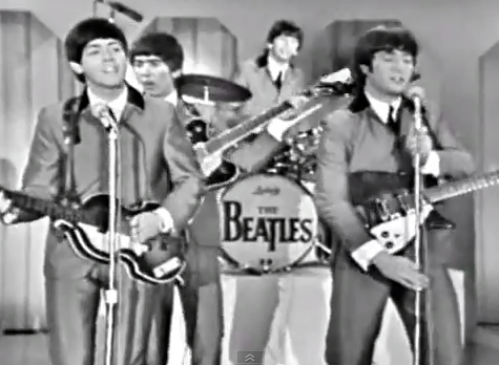 It was. Just as he began his vocals—“I’ll never dance with another”—he stopped playing his guitar long enough to raise the microphone.
It was. Just as he began his vocals—“I’ll never dance with another”—he stopped playing his guitar long enough to raise the microphone.
The Beatles had opened the hour with three songs, and now they were closing the show with another three. Sometime between the two sets—maybe in the service of Martin and Rossi’s comedy stylings, or Mitzi Gaynor’s several musical numbers, or Myron Cohen’s standup shtick—somebody lowered the Beatles’ two microphones.
Ed was on the road that Sunday broadcasting live from the Deauville Hotel in Miami Beach. Maybe that’s why this show had already suffered several technical glitches. The lights were clearly too hot; performers were copiously sweating. Ed had to stop while introducing one of the acts to say to someone off-camera, “Can you move that?” The follow spot often didn’t.
And now Paul’s lead vocals had seemingly traded places with John’s back-up vocals.
Paul tried, bless him. He crowded as close to the microphone as he could without compromising his bass playing. But he had to wait until the break between songs before he apparently felt comfortable making the adjustment (while John tweaked his microphone as well).
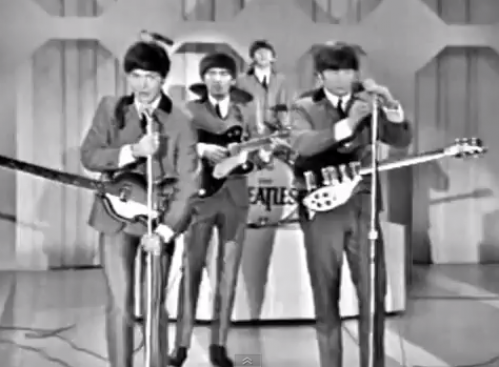 Then the band launched into “From Me to You,” and all was well again.
Then the band launched into “From Me to You,” and all was well again.
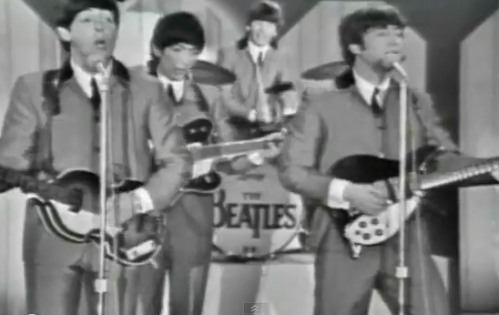 Part of the pleasure of watching one of the episodes on “The 4 Complete Ed Sullivan Shows Starring The Beatles” DVD is the cultural immersion. There’s an immediate context—immediate as in February 16, 1964: the commercials (“instant” iced tea, “instant” flour), the novelty act (The Nerveless Nocks). There’s a generational context: The show aired less than three months after the JFK assassination; we know where the 1960s were heading, for better and for worse. But the technical problem with the microphones made me think about the scientific context—in particular, what happens when new technology winds up in the right hands.
Part of the pleasure of watching one of the episodes on “The 4 Complete Ed Sullivan Shows Starring The Beatles” DVD is the cultural immersion. There’s an immediate context—immediate as in February 16, 1964: the commercials (“instant” iced tea, “instant” flour), the novelty act (The Nerveless Nocks). There’s a generational context: The show aired less than three months after the JFK assassination; we know where the 1960s were heading, for better and for worse. But the technical problem with the microphones made me think about the scientific context—in particular, what happens when new technology winds up in the right hands.
In 1609 one British scientist wrote to another about his experience with a “perspective cylinder,” a novelty item that made distant objects appear nearer. William Lower reported to his friend Thomas Harriot that when he put this tube to his eye and pointed it at the Moon, “she appears like a tart that my cooke made me last weeke; here a vaine of bright stuffe, and there of darke, and so confusedlie all over. I must confess I can see none of this without my cylinder.”
Later that year, the same instrument fell into the hands of Galileo. When he put it to his eye and pointed it at the Moon, he saw mountains.
Still, other astronomers probably would have seen mountains, too. Galileo refined the instrument, but other experts in optics probably could have refined the instrument, too. Galileo kept looking at the night sky, just to see what he could see, and what he saw were the phases of Venus, the moons of Jupiter, hundreds of stars otherwise invisible to the eye. But presumably at least a few other astronomers might have been able to make those same discoveries with enough time and patience. How many of them could have then taken all Galileo’s data and reinvented physics, however, is a different matter. In Dialogue Concerning the Two Chief World Systems, he framed the argument that overturned Aristotelian relativity in favor of his own.
That Einstein would later refine Galilean relativity—drawing on data (such as the orbit of Mercury) and making predictions (such as the deflection of light by gravity) that had been and would be collected with instrumentation that Galileo couldn’t have anticipated—is beside the point. The point is that once the new technology was in his hands, only a Galileo could have made the careful observations, and leaped to the correct intuitive interpretations, and improved the technology, and rethought science itself.
Once Galileo adjusted his microphone to the right height, he went on to use it to record guitars and drums and vocals and then play them backward; to plant it at the top of a stairwell so that the timpani at the bottom of the stairwell would sound mysteriously distant; to put it inside a rotating speaker so that the vocal evoked the chanting of a hundred Tibetan monks; and—having hired a 40-piece orchestra to play a frantically rising and disjointed series of semi-random notes, and having punctuated the crescendo with an E-major chord produced by simultaneously banging on three pianos and a harmonium—to gradually increase the sensitivity of its sound level in order to sustain a fade-out for well over half a minute.
Pretty much anyone can learn to point a telescope or to strum an electric guitar. But every once in a long while a new piece of technology falls into the hands of someone who can not only play the instrument but rock our universe.
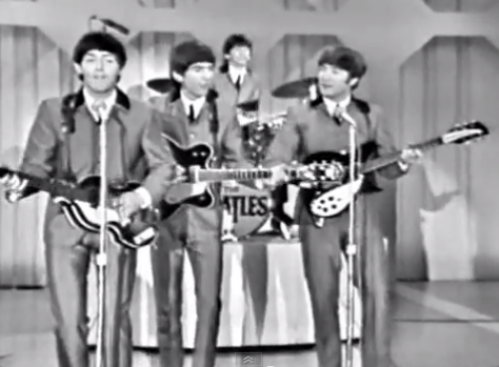
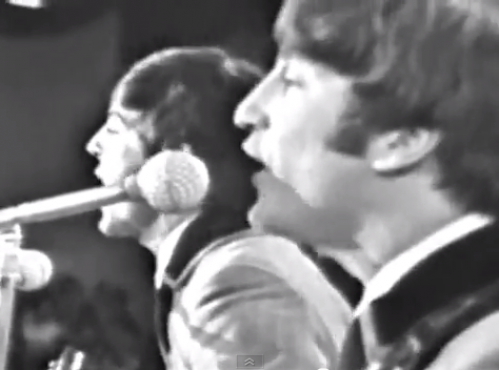
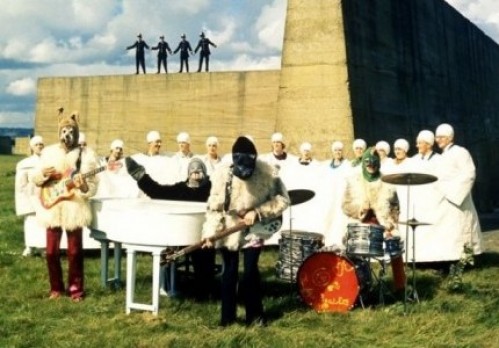
I like Galileo, and I like the Beatles. I take your point about sometimes needing the right person to fully exploit a new technology or discovery. But my understanding is that John et al. had a great collaborator in George Martin, who had the imagination and chops to take the ideas presented to him (like, I want to sound like a Tibetan monk on a mountaintop) and figure out a way to make that happen. (https://en.wikipedia.org/wiki/Tomorrow_Never_Knows#Recording)
Regarding George Martin: Absolutely! In fact, I almost didn’t include the “Tomorrow Never Knows” reference for just that reason; the other references are purer in that regard. But then I figured that I could come up with many more examples of innovation that were due to George Martin’s ingenuity–or, for that matter, to a friend’s suggestion about a lyric (“fill the Albert Hall”) or to an engineer’s idea to splice together fairground noises (the tape of which George Martin then directed be cut into pieces, tossed in the air, and reassembled at random). The larger point about fully exploiting a new technology (as you say) would still hold–no matter if the innovations come from one individual (like Galileo) or a collaborative vision. But by all means feel free to give George Martin as much credit as you like. He deserves it.
It is such a small world. Yesterday I discovered that Paul McCartney came to Syracuse, New York to visit his wife,Nancy Shevell’s trucking company there. Word has it he was also in Skaneateles too. My wife is from Campbeltown,Scotland, a place where he and his former wife Linda once lived. Accidents of science and coincidence seem to occur.